Lung Heat
The information provided here is not a replacement for a doctor. You shouldn't use it for the purpose of self-diagnosing or self-medicating but rather so you can have a more informed discussion with a professional TCM practitioner.
At a glance
Preliminary reading: What is a pattern? The concept of Heat The Lungs in Chinese Medicine
Key attributes
Chinese name: 肺热 Pinyin name: Fèi Rè
Pattern nature: Full
Pattern hierarchy: Specific pattern under Heat
Causes
Precursor patterns: Wind-Cold invading the Lungs Wind-Heat invading the Lungs Wind-Heat
Common causes: 1. External Pathogenic Factor, 2. Diet
Diagnosis
Common symptoms: Acne Thirst Sweating High fever Feeling of heat and two other symptoms
Pulse type(s): Rapid (Shu), Slippery (Hua)
Tongue description: Red tongue with yellow coating
Treatment
Treatment principle: Clear Lung Heat, restore the descending of Lung Qi.
Common formulas: Ma Xing Shi Gan Tang Qing Qi Hua Tan Wan Pi Pa Qing Fei Yin and two other formulas
Pathology
Lung Heat can be acute or chronic.
When acute, it is one of the five patterns of the Qi level, the second level of the Four Levels theory. In that case, it is caused by external invasion of the Lungs by Wind-Heat. The patients usually suffer from flaring of nostrils because the Lungs open to the nose. There might be fever as well.
Chronic cases are often develop from not completely recovered Wind invasion or retention of Internal Heat. It can be identified by a red tip of the tongue.
Lung Heat disturbs the descending of Lung Qi and thus coughing or breathlessness happens. Other typical symptoms include thirst, red face and a feeling of heat. There are also chest pain due to obstruction of chest by Heat.
Causes
Precursor patterns: Lung Heat can derive from Wind-Cold invading the Lungs Wind-Heat invading the Lungs Wind-Heat
External Pathogenic Factor: Lung Heat can be acute or chronic. When it is acute, it normally develops from External Pathogenic Factor invasion. It then accumulates and becomes Internal Heat. It can also become chronic Lung Heat if the acute condition is not treated well for a long period of time.
Diet: Lung Heat can be acute or chronic. When it is chronic, it often develops from overconsumption of hot and rich diet. In additional to that, tobacco is also considered hot in TCM and contributes to the pattern.
Diagnosing Lung Heat
Diagnosing a pattern in Chinese Medicine is no easy feat and should be left to professional practitioners. In particular one has to know how to differentiate between different types of pulses and tongue coatings, shapes and colors as well as learn to read from a long list of seemingly unrelated symptoms.
Pulse type(s): Rapid (Shu) or slippery (Hua)
Tongue description: Red tongue with yellow coating
Main symptoms: Acne Thirst Sweating High fever Feeling of heat Shortness of breath Cough with thin yellow sputum
Diagnosis commentary: Key characteristic symptoms of this pattern are the feeling of heat, coughing and red tongue.
Treating Lung Heat
Treatment principle
Clear Lung Heat, restore the descending of Lung Qi.
Herbal formulas used to treat Lung Heat
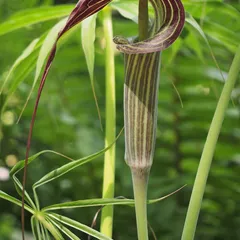

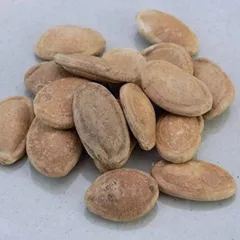
The top herbs in Qing Qi Hua Tan Wan are Arisaema With Bile (Dan Nan Xing), Baikal Skullcap Roots (Huang Qin) and Snake Gourd Seeds (Gua Lou Ren)
Qing Qi Hua Tan Wan
Source date: 1584 AD
Number of ingredients: 8 herbs
Key actions: Clears Heat. Transforms Phlegm. Directs Rebellious Qi downwards. Stops coughing.
Formula summary
Qing Qi Hua Tan Wan is a 8-ingredient Chinese Medicine formula. Invented in 1584 AD, it belongs to the category of formulas that clear Heat and transform Phlegm.
Besides Lung Heat, Qing Qi Hua Tan Wan is also used to treat Phlegm-Heat in the Lungs or Phlegm-Heat.
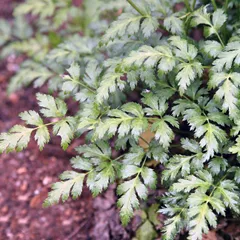

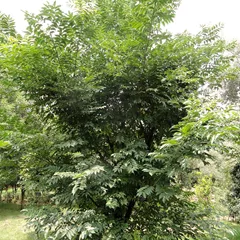
The top herbs in Huang Lian Jie Du Tang are Goldthread Rhizomes (Huang Lian), Baikal Skullcap Roots (Huang Qin) and Phellodendron Bark (Huang Bo)
Huang Lian Jie Du Tang
Formula summary
Huang Lian Jie Du Tang is a 4-ingredient Chinese Medicine formula. Invented in 752 AD, it belongs to the category of formulas that clear Heat and resolve toxicity.
Besides Lung Heat, Huang Lian Jie Du Tang is also used to treat Toxic-Heat Stagnation or Toxic-Heat.
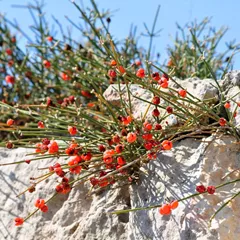
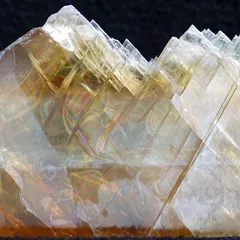
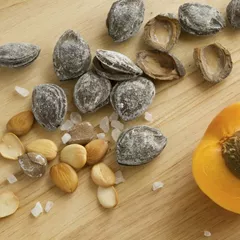
The top herbs in Ma Xing Shi Gan Tang are Ephedra (Ma Huang), Gypsum (Shi Gao) and Apricot Seeds (Xing Ren)
Ma Xing Shi Gan Tang
Source date: 220 AD
Number of ingredients: 4 herbs
Key actions: Invigorates Lung Qi. Clears Heat. Calms wheezing by directing rebellious Qi downward.
Formula summary
Ma Xing Shi Gan Tang is a 4-ingredient Chinese Medicine formula. Invented in 220 AD, it belongs to the category of formulas that clear Heat from the Organs.
Besides Lung Heat, Ma Xing Shi Gan Tang is also used to treat Phlegm-Heat in the Lungs.
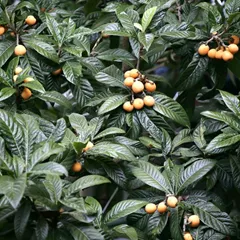
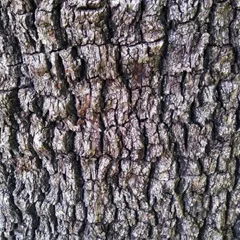

The top herbs in Pi Pa Qing Fei Yin are Loquat Leaves (Pi Pa Ye), Mulberry Bark (Sang Bai Pi) and Goldthread Rhizomes (Huang Lian)
Pi Pa Qing Fei Yin
Source date: 1665 AD
Number of ingredients: 6 herbs
Key actions: Clears Lung Heat . Cools the Blood . Clears Dampness. Invigorates the Blood.
Formula summary
Pi Pa Qing Fei Yin is a 6-ingredient Chinese Medicine formula. Invented in 1665 AD, it belongs to the category of formulas that clear Lung-Heat.
Besides Lung Heat, Pi Pa Qing Fei Yin is also used to treat Phlegm-Heat in the Lungs.

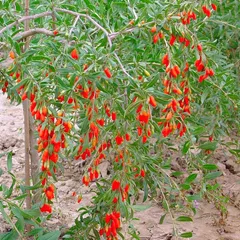
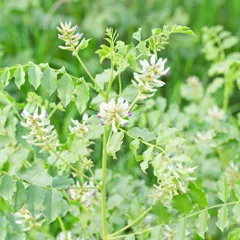
The top herbs in Xie Bai San are Mulberry Bark (Sang Bai Pi), Goji Tree Root Bark (Di Gu Pi) and Liquorice (Gan Cao)
Xie Bai San
Source date: 1119 AD
Number of ingredients: 4 herbs
Key actions: Drains Heat from the Lungs . Calms wheezing.
Formula summary
Xie Bai San is a 4-ingredient Chinese Medicine formula. Invented in 1119 AD, it belongs to the category of formulas that clear Heat from the Organs.
Diet recommendations
Avoid hot and rich foods. Avoid smoking.
Consequence patterns
The Heat in the Lungs can dries up the Body Fluids and causes Lung Yin Deficiency.
If left untreated Lung Heat can lead to Heat in Nutritive Qi level
If left untreated Lung Heat can lead to Heat in Pericardium
